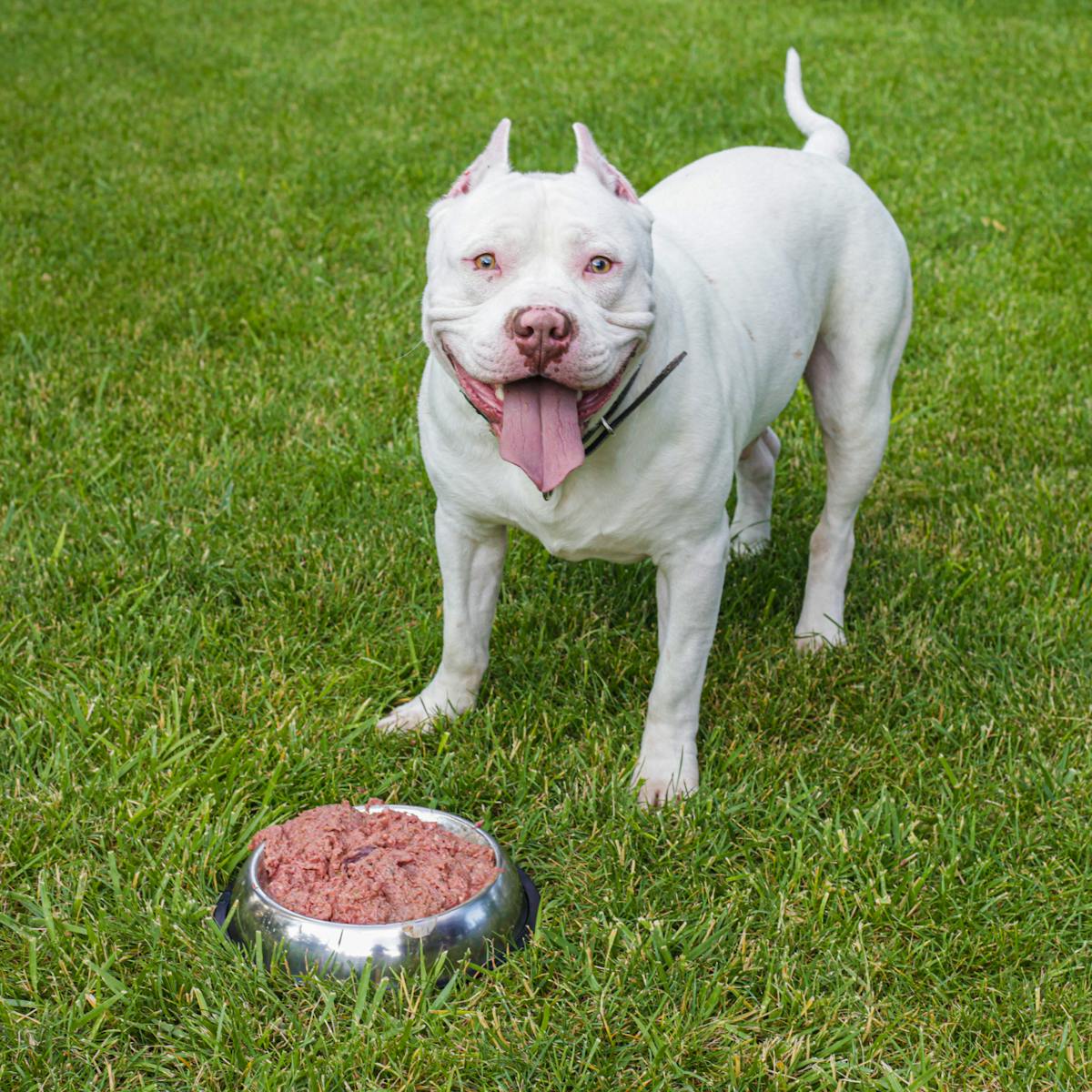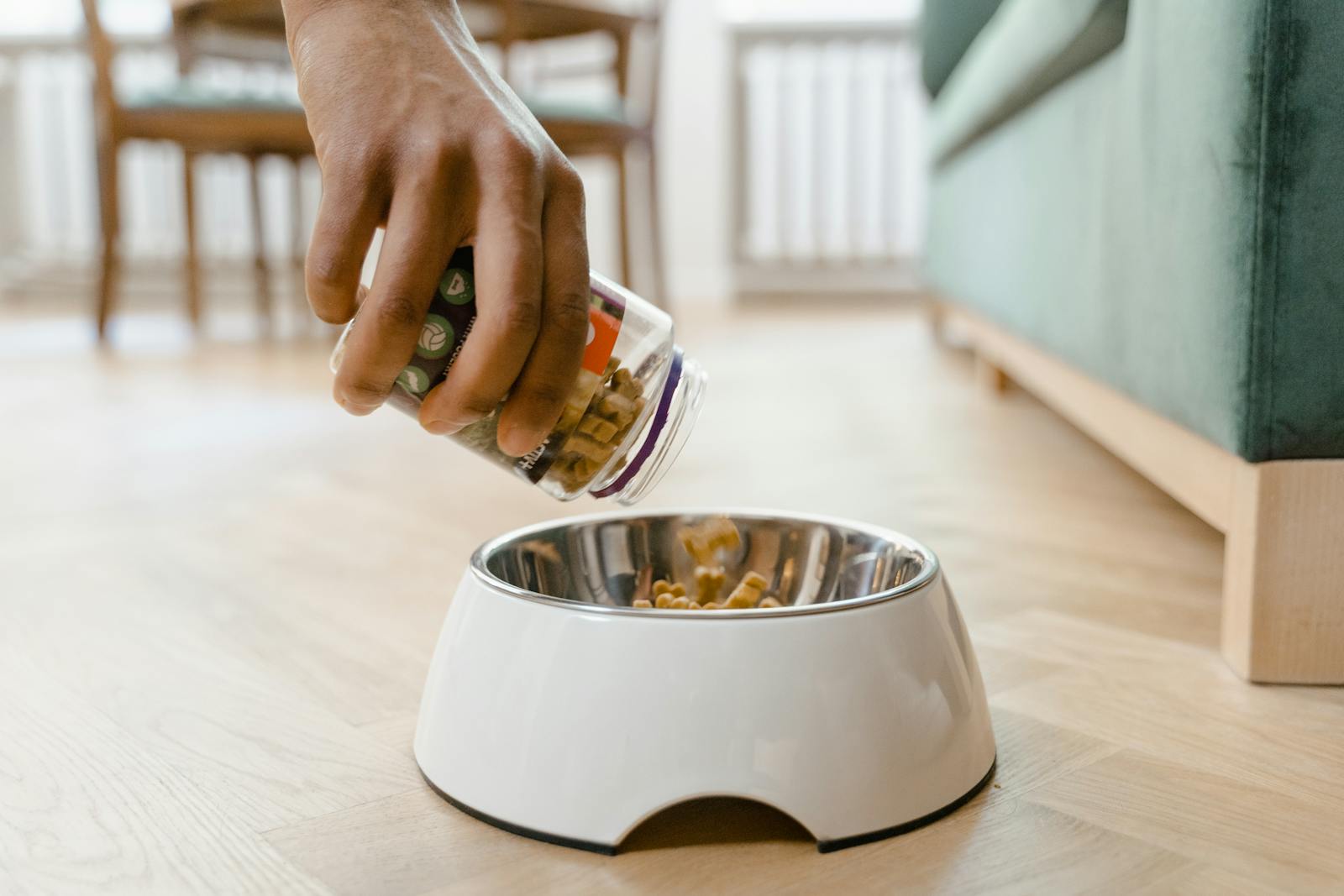Nutrition Advice Near Navigating Food Sensitivities: Identifying and Managing Pet Allergies
Comprehensive Nutrition Advice for Navigating Food Sensitivities: Identifying and Managing Pet Allergies Effectively to Ensure Your Pet’s Health and Well-Being with Expert Tips on Nutrition Advice
Nutrition Advice Near You: Navigating Food Sensitivities – Identifying and Managing Pet Allergies
If your pet is constantly scratching, licking their paws, or having tummy troubles, you might be dealing with more than just a picky eater or a seasonal itch—food sensitivities could be the culprit. Just like us, our furry companions can develop allergies or intolerances to certain ingredients in their food, and it can make them downright miserable.
At FetchQuest.info, we’re all about helping pet parents untangle these dietary mysteries and find food solutions that actually work. Let’s talk about what food allergies and sensitivities look like, how to identify them, and what you can do to help your pet feel better from the inside out.
Food Allergies vs. Sensitivities: What’s the Difference?
First things first—there’s a difference between a food allergy and a food sensitivity, and it matters.
-
Food allergies trigger an immune system response. That’s when your pet’s body thinks a certain protein (like chicken or beef) is an invader and tries to fight it off. This usually shows up as skin problems or digestive issues.
-
Food sensitivities (intolerances) don’t involve the immune system but can still cause chronic symptoms like gas, bloating, diarrhea, or itchy skin.
Either way, it can lead to a lot of discomfort—and figuring out what’s causing it is key to solving the problem.
Common Signs of Food Sensitivities in Pets
These symptoms often creep in slowly, making them easy to miss at first. If your dog or cat is showing any of these signs regularly, it might be time to take a closer look at their diet:
-
Excessive itching or licking (especially paws, ears, and belly)
-
Chronic ear infections or head shaking
-
Red or inflamed skin
-
Frequent vomiting or diarrhea
-
Gas or bloating
-
Hair loss or dull coat
-
Scooting or anal gland issues
-
Behavioral changes like restlessness or irritability
If any of this sounds familiar, don’t worry—you’re not alone, and there are ways to get your pet back on track.
Identifying the Culprit: Elimination Diets
The gold standard for identifying food sensitivities is an elimination diet. It takes time and patience, but it works.
Here’s how to do it:
-
Switch your pet to a novel protein and carb source they’ve never eaten before (like duck and sweet potato).
-
Feed ONLY that food—no treats, table scraps, or flavored medications—for 8 to 12 weeks.
-
Monitor symptoms. If they improve, great! Then, reintroduce old ingredients one at a time to identify the trigger.
Yes, it’s a process—but it’s the most accurate way to figure out what’s bothering your pet.
Managing Food Sensitivities Long-Term
Once you know what ingredients to avoid, managing food allergies becomes a lot easier. And the good news? There are tons of great pet food options out there designed specifically for sensitive pets.
Tips for managing your pet’s food sensitivities:
-
Choose limited-ingredient diets with clearly labeled ingredients.
-
Stick to novel proteins (like venison, rabbit, or kangaroo) if common ones cause issues.
-
Avoid fillers and artificial additives—they can trigger flare-ups.
-
Use hypoallergenic treats made from the same ingredients as their food.
-
Keep a food journal to track what works and what doesn’t.
And for trusted food recommendations, comparison guides, and allergy-friendly treat ideas, head over to FetchQuest.info—we’ve got a growing library of resources to make food choices a lot easier.
Final Thoughts
Dealing with pet food sensitivities can feel frustrating, especially when you’re trying to do everything right and your dog or cat is still itchy or uncomfortable. But with a little detective work and the right nutrition plan, things can improve—sometimes dramatically.
Trust your instincts. If your pet seems off, their diet could be the key. Start with clean, simple ingredients, pay attention to their body’s signals, and don’t be afraid to try something new. Because when your pet feels better, life is better for both of you.
For more help navigating food sensitivities and personalized nutrition advice, check out FetchQuest.info. Your pet’s perfect diet might be closer than you think.
Keywords: nutrition advice, pet allergies, managing food sensitivities, identifying food allergies, nutrition tips for pets, pet allergy management, food sensitivity solutions, pet nutrition guidance, allergy-friendly pet diets, navigating pet allergies, food allergies in pets, sensitive stomachs in pets, nutrition for allergic pets, pet health and nutrition, holistic pet nutrition
news via inbox
Nulla turp dis cursus. Integer liberos euismod pretium faucibua





